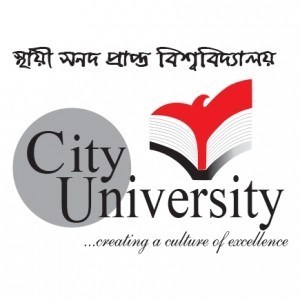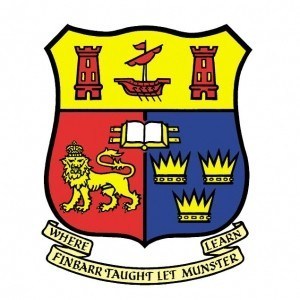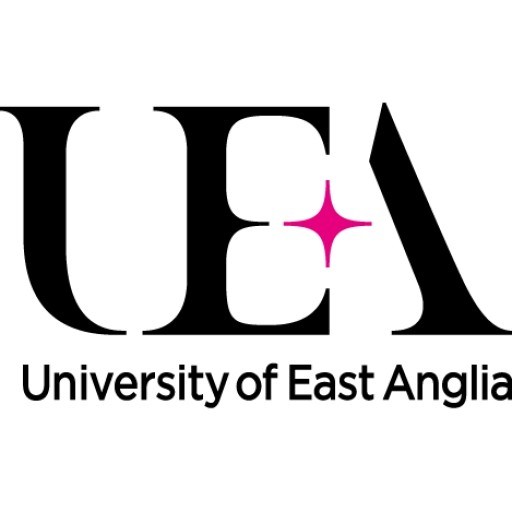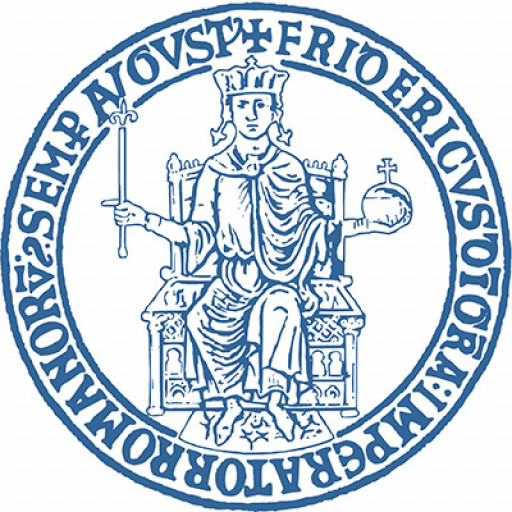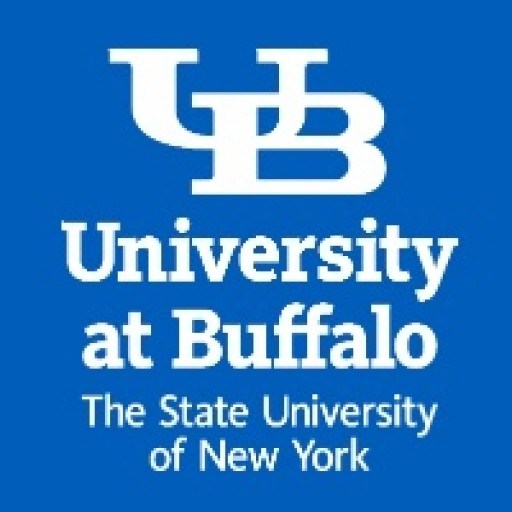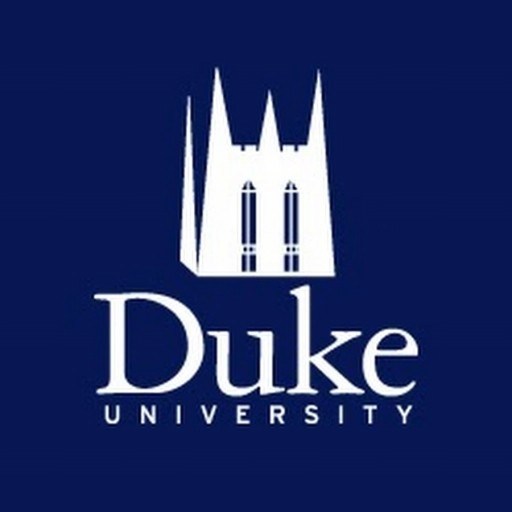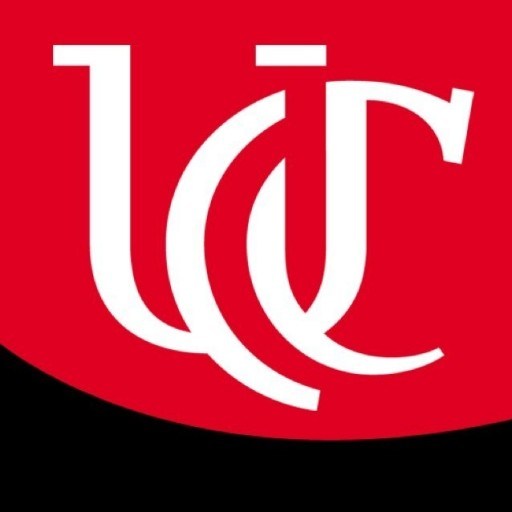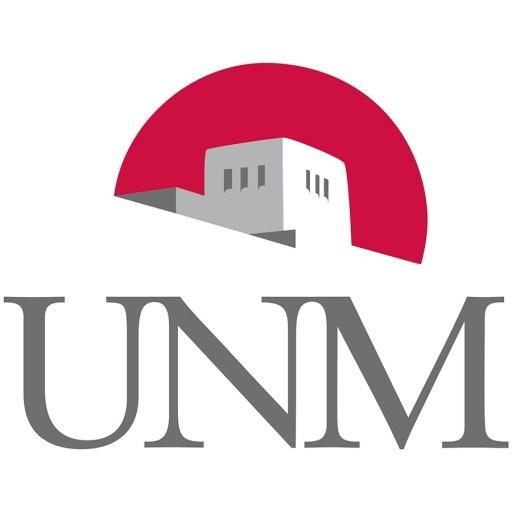Photos of university
Art History and Visual Culture BA at the National University offers a comprehensive and in-depth exploration of the development, analysis, and interpretation of visual arts from ancient to contemporary times. This program is designed for students who are passionate about understanding the cultural, social, political, and aesthetic contexts of artworks across different periods and regions. The curriculum combines rigorous historical inquiry with critical analysis, encouraging students to develop a nuanced perspective on visual expression and its significance within various societies. Students will engage with a diverse range of topics, including classical art, medieval traditions, Renaissance masterpieces, modern and contemporary art movements, and global visual cultures. Through lectures, seminars, practical workshops, and research projects, learners will acquire essential skills in art criticism, visual analysis, and research methodologies. The program emphasizes both theoretical understanding and practical engagement, offering opportunities for internships at museums, galleries, and cultural institutions, as well as participation in exhibitions and digital projects. Graduates will be equipped with the knowledge to pursue careers in museums, art galleries, cultural institutions, academia, or further graduate studies. This degree also fosters critical thinking, cultural awareness, and communication skills, preparing students to contribute thoughtfully to contemporary debates about art and visual culture. The faculty comprises experienced scholars and professionals dedicated to providing high-quality education and fostering an active academic community. Overall, the Art History and Visual Culture BA at the National University aims to cultivate informed, creative, and culturally sensitive specialists capable of making meaningful contributions to the fields of art, culture, and heritage.
The Bachelor of Arts in Art History and Visual Culture at the National University offers a comprehensive and interdisciplinary education that immerses students in the study of visual arts from ancient times to the contemporary era. The program is designed to develop a deep understanding of the historical, cultural, and aesthetic contexts of artworks, fostering critical analysis and appreciation of visual culture across different periods and regions.
Students will explore a wide range of topics, including the history of painting, sculpture, architecture, and decorative arts, as well as emerging forms of digital and new media. The curriculum emphasizes the interdisciplinary nature of art history, integrating insights from anthropology, sociology, and cultural studies to provide a well-rounded perspective on visual phenomena. Courses are structured to enhance students' methodological skills, including visual analysis, research techniques, and theoretical approaches, enabling them to engage with artworks critically and academically.
Throughout the program, students will participate in lectures, seminars, and practical workshops led by experienced faculty and visiting experts. They will have opportunities to study primary sources, conduct independent research, and analyze artworks firsthand through museum visits and exhibitions. The program also facilitates internships and collaborative projects that connect students with cultural institutions, galleries, and collectors, providing valuable real-world experience.
In addition to theoretical knowledge, the degree emphasizes the development of communication skills, writing, and presentation abilities essential for careers in academia, curation, conservation, art journalism, and public education. Students are encouraged to critically examine issues of cultural identity, representation, and the social impact of art in contemporary society.
By the end of their studies, graduates will possess a comprehensive understanding of visual culture, the ability to interpret artworks within their historical and cultural contexts, and the skills necessary to pursue advanced research or professional roles in the arts and cultural sectors. This program aims to prepare students not only as informed spectators but also as active contributors to the dialogue surrounding visual arts and culture today.
Program requirements for the Bachelor of Arts in Art History and Visual Culture at the National University include the successful completion of a minimum of 120 credit hours, which encompasses core courses, electives, and a capstone project. Students are required to undertake foundational courses in Western and non-Western art history, covering ancient to contemporary periods, to develop a comprehensive understanding of visual materials. In addition to general education requirements, students must enroll in specialized classes such as Medieval Art, Renaissance and Baroque Art, Modern and Contemporary Art, and Visual Culture Theory.
A significant component of the program involves participation in practical modules, including visiting various museums, galleries, and cultural institutions to gain first-hand experience of art collections and display practices. Students are encouraged to engage in research seminars and group projects to enhance their analytical and presentation skills. The curriculum emphasizes critical thinking, cultural awareness, and historiographical methodologies, enabling students to interpret visual texts within social, political, and historical contexts.
To reinforce their academic knowledge, students must complete a research paper or project on a selected topic, demonstrating their ability to analyze artworks, articulate arguments, and utilize scholarly sources appropriately. Language proficiency expectations include a working knowledge of at least one foreign language relevant to art historical research, such as Italian, French, or German.
The program also stipulates a practical internship or collaborative project with local museums, galleries, or art organizations, designed to provide real-world experience and foster professional networks. Students are required to attend and present at departmental lectures, conferences, and exhibitions to cultivate their academic profile and engagement with the wider art community. Overall, the program aims to produce graduates equipped with a solid theoretical foundation, practical skills, and cultural literacy necessary for careers in art curation, conservation, education, or further academic research.
The financing of the Art History and Visual Culture program at the National University is structured to support both domestic and international students through a variety of funding opportunities. The university offers merit-based scholarships for outstanding students demonstrating high academic achievement, research potential, or artistic talent related to art history and visual studies. These scholarships typically cover partial or full tuition fees and are awarded based on competitive selection processes that consider academic records, portfolios, and sometimes interviews or essays.
In addition to scholarships, the university provides governmental and regional grants aimed at supporting students from various backgrounds, including those from low-income families or underrepresented regions. These grants often require application procedures that include proof of financial need and academic credentials. The university also collaborates with cultural institutions, museums, and foundations to facilitate internships, research projects, and sponsored fellowships, which may include stipends or financial support for students engaged in specialized research or fieldwork.
International students seeking financial assistance can apply for specific international scholarship programs, some of which are managed in partnership with external organizations. The university encourages early applications for financial aid and recommends prospective students consult the university’s financial aid office for detailed information about eligibility, application deadlines, and the selection criteria.
Fee installment plans are also available to help students manage their tuition payments more effectively over the course of their studies. Moreover, the university occasionally offers work-study opportunities within its departments and administrative units, allowing students to earn additional income while gaining valuable experience in the academic environment. Overall, the financing options are designed to promote accessibility and support the academic and professional development of students enrolled in the Art History and Visual Culture program at the national level.
The Art History and Visual Culture program at the National University offers an in-depth exploration of the development, significance, and influence of visual arts across different periods and cultures. This undergraduate program is designed to provide students with a comprehensive understanding of art from ancient to contemporary times, emphasizing critical analysis, historical context, and theoretical approaches. Students will study a wide range of topics, including the architecture, painting, sculpture, decorative arts, and new media, gaining insights into their social, political, and cultural functions. The curriculum combines rigorous coursework in art history, visual theory, and cultural studies, with opportunities for practical engagement through museum internships, research projects, and digital exhibitions. The program aims to develop students' analytical skills, visual literacy, and cultural awareness, preparing them for careers in museums, galleries, cultural institutions, academic research, and curatorial work. Students also learn about the methodologies and perspectives necessary to interpret artworks within their historical and contemporary contexts. Faculty members are experienced scholars and practitioners who bring diverse expertise in art history, archaeology, and visual culture studies. The program encourages critical thinking, original research, and interdisciplinary approaches, fostering a nuanced understanding of visual arts as a reflection of human civilization and societal change. Graduates of this program gain a versatile skill set that combines aesthetic appreciation with scholarly rigor, enabling them to contribute meaningfully to the preservation and interpretation of visual heritage globally.

